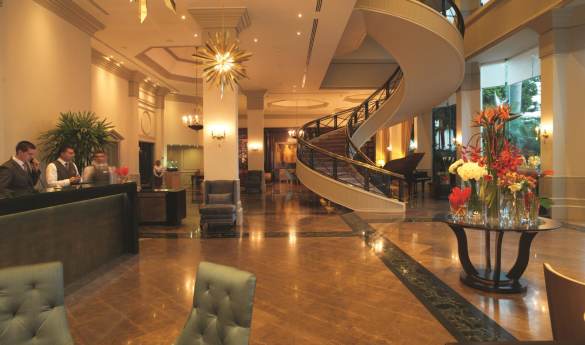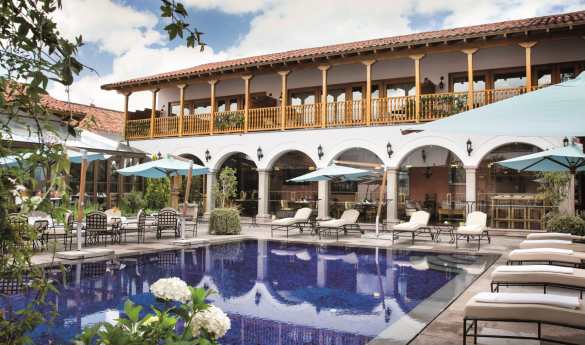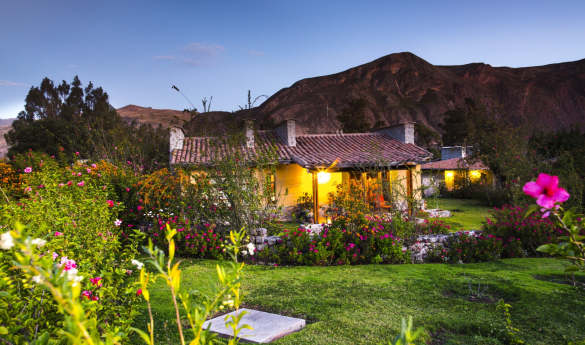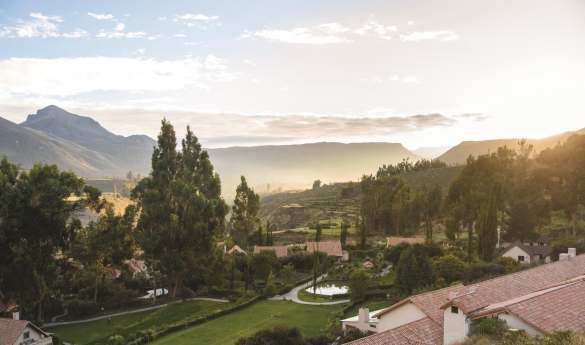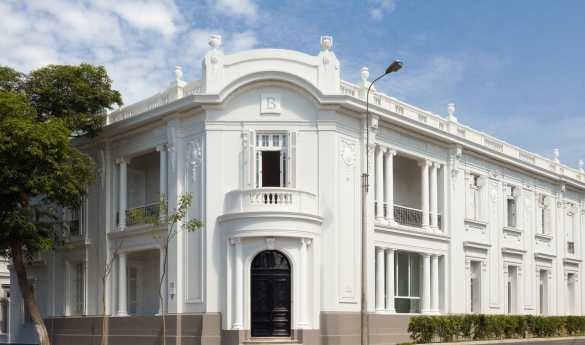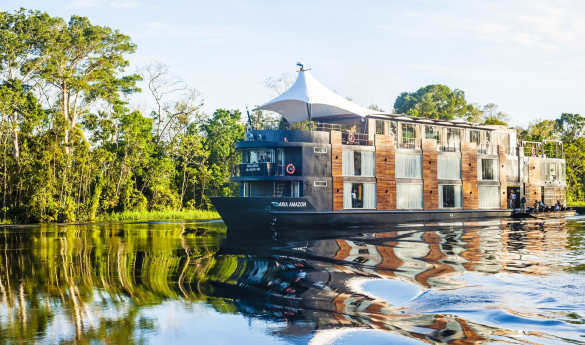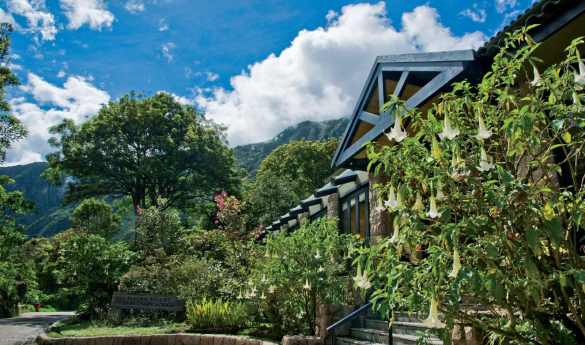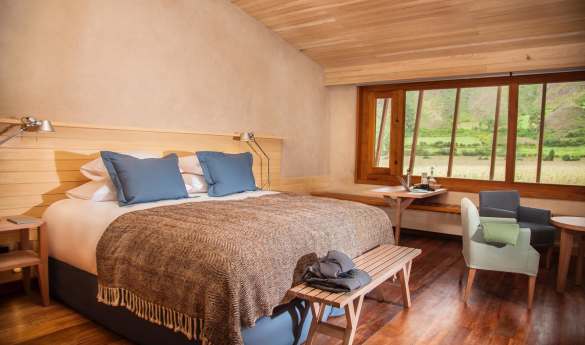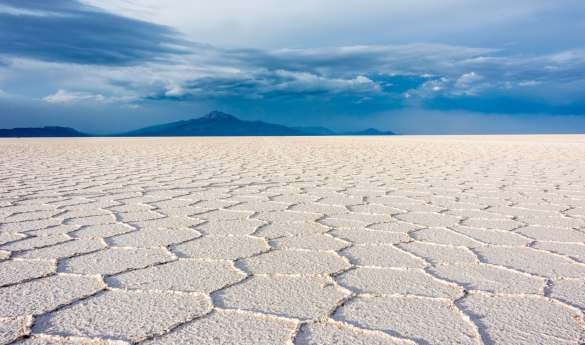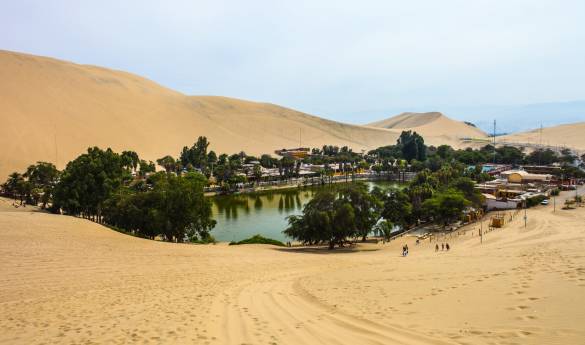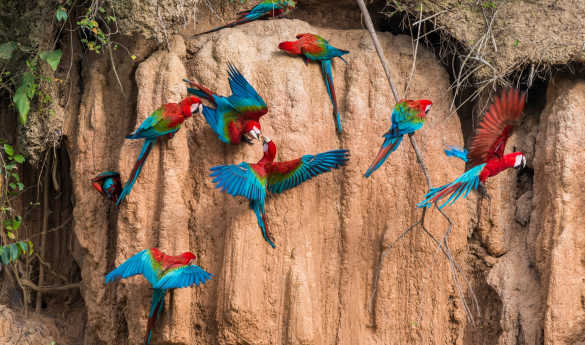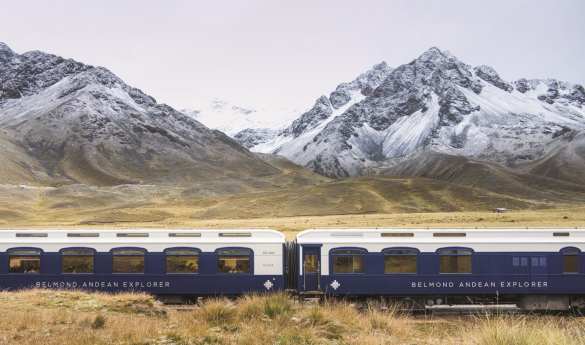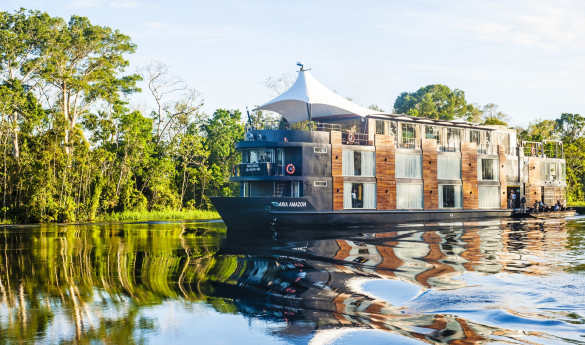Things to see and do at Machu Picchu
Hike the Inca Trail
For those wondering how to visit Machu Picchu, the Inca Trail is by far the most popular way to get to the site.
One of the most well-known hiking trails in the world, tackling this iconic route is a sure-fire way to make your visit to Machu Picchu truly unforgettable.
This moderate-difficulty hiking trail showcases the variety of Peru’s landscapes, taking you through the snow-capped Andes and lush rainforests, and ending at the breathtaking ruins themselves. For the most authentic experience, opt for the four-day classic route which leads you along the same paths ancient messengers would have used to travel to and from the citadel. There is also a two-day route for those looking to combine a trip to Machu Picchu with visiting other destinations in Peru.
If you do plan to take on the Inca Trail, our travel specialists will handle all the admin, from finding you a licensed trekking operator to helping you secure a permit.
While this is the only hiking route that ends directly at the ruins, there are several alternative routes, such as the Lares Trail, each offering its own unique charm.
Wonder at the Inca stonework
As one of the oldest surviving Inca sites, it’s no wonder that Machu Picchu contains some of the best examples of Inca stonework still around today.
As you wander around the site, you’ll notice that the stonework isn’t very decorative, with many buildings made up of simple stones with no engravings. However, the skill of the Inca craftsmen who built Machu Picchu is something to marvel at as each stone is cut to measure, all precisely slotted together without the need for mortar.
Inside, the remains of the Temple of the Sun are another great example of Inca stonework. The unique semi-circular shape of this ancient temple, and the fact that so much of it is still standing, is a testament to the Incas being masters of this technique - an amazing sight to behold.
Explore the terraces
Alongside the iconic architecture, the sheer scale of Machu Picchu remains one of its most impressive qualities. This becomes most evident when you consider the agricultural terraces that surround the site, cascading down the mountainside.
The Incas built these giant stair-like structures so they could use the land around Machu Picchu for agriculture, with the network of terraces acting as a vast drainage system, preventing crops from getting too much water during the rainy months. The intricate terraces are also one of the main reasons we can still visit Machu Picchu, preserving this ancient site from centuries of landslides.
Aside from their intriguing cultural heritage, the terraces are simply impressive to look at, creating a striking visual effect - it’s impossible to imagine Machu Picchu without them.
Discover the Intihuatana
Amongst the characteristically simple architecture, there are a few sculptural and detailed pieces to spot at Machu Picchu.
A key example is the Intihuatana. Literally meaning ‘place to tie up the sun’, this huge stone slab sits at the highest point of Machu Picchu, inside the Sacred Plaza.
This ancient plinth, thought to act as a kind of sundial and astronomical observation point, gives us a glimpse into the Inca’s deeply ritualistic culture. Gazing at the structure, it’s easy to imagine the ceremonies and celebrations that might have taken place here.




